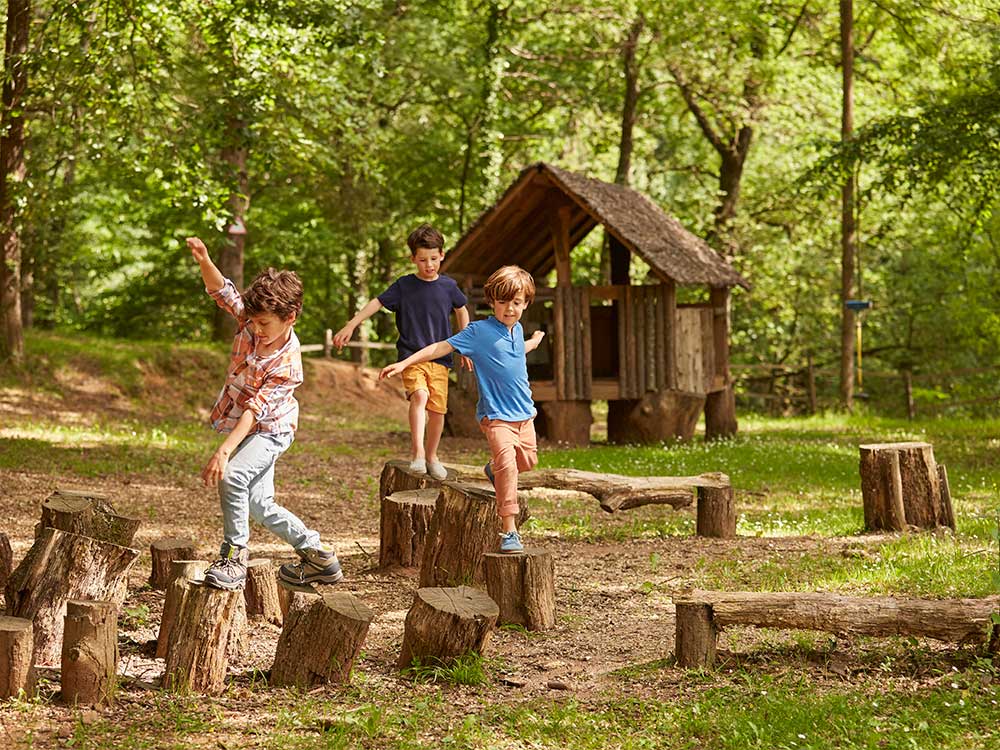Early years educators face an unprecedented situation during the COVID-19 pandemic, as more organizations make the switch to remote learning. Still, if we approach the situation with calm and ingenuity, we can still find some silver lining.
It is true that young children are a bit more challenging and require a different approach when it comes to remote learning. However, it is also true that they love modern technology and know-how to use it.
As such, many education specialists recommend a change of perspective and finding new opportunities to make remote learning fun and exciting. After all, the early years of a child’s education weigh heavily on their future development and sense of curiosity. And we can’t afford to lose this window of opportunity in the life of future generations!
In addition, this situation also provides educators with the unique chance of building stronger, long-lasting partnerships between educators and children’s families. Remote learning opens a window towards the home environment of each child, which allows educators to understand their individual students on a different level.
Not to mention, this can be a learning opportunity for educators as well! If you are not accustomed to using new technologies and online learning software and apps, this is a chance to update your tech skills. As the world becomes more connected and technology advances, online education may become a lot more present in our lives.
Build a Learning Experience
The learning experience is a bit easier to control in a face-to-face situation, but this doesn’t mean you can’t also build it up in remote learning. It’s important to remember that the current young generations are already familiar with digital technologies.
Also, there are existing models you can learn from, such as the distance learning strategies teachers use in rural and remote regions of Australia.
The secret is to keep your mind open and make sure to adapt the learning experience to an online environment (which is different from a face-to-face approach). For instance, it is a good idea to apply the methods used in the flipped classroom, where kids engage in a learning experience on their own and share their thoughts and feelings in an online class.
Another method that makes online learning more engaging is to use a combination of online and offline activities. In addition, it’s a great idea to get the parents (or other family members) involved in the process, especially when talking about staying safe online.
Lastly, avoid limiting the experience to just one platform. While most online tools designed for early education are interactive and fun to use, monotony is not something kids enjoy (or even tolerate). As such, it is a great idea to alternate between various tools and environments. For instance, you can use online chats, pre-recorded videos, live streaming, digital drawings, YouTube videos, and even games.
Use the Children’s Natural Environment
Just because your students are located in a different environment, it doesn’t mean you can’t find useful resources to keep them curious and eager to learn!
For instance, you can teach them about numbers and mathematical concepts using regular household items such as the oven timer or clocks (both digital and analogue). Also, you can ask them to use measuring tools (like the ones used for cooking) to understand different concepts such as volume, weight, or counting.
Educators can teach children about nature and art using rocks, sticks, leaves, and more (if the kids have access to a supervised backyard). In addition, they can learn about sounds and music using tools like pots and/or buckets.
All the concepts that are usually taught in class are easily available in the surrounding environment and this is a wonderful chance of showing kids just how beautiful their world is. In addition, by integrating each child’s environment into the teaching experience, you help them feel included and accepted.
Of course, none of these would be possible without the cooperation of parents or adult carers. So, in order to get better at teaching small children using online tools, you also need to know how to guide the adults in their lives into providing valuable support.



